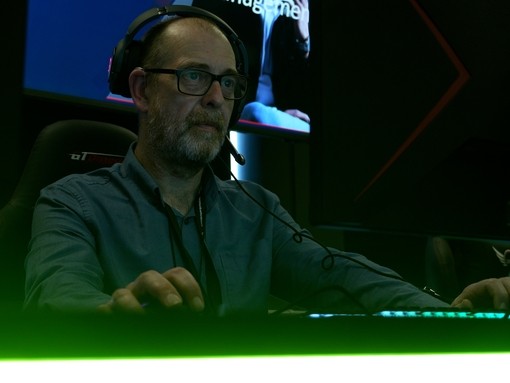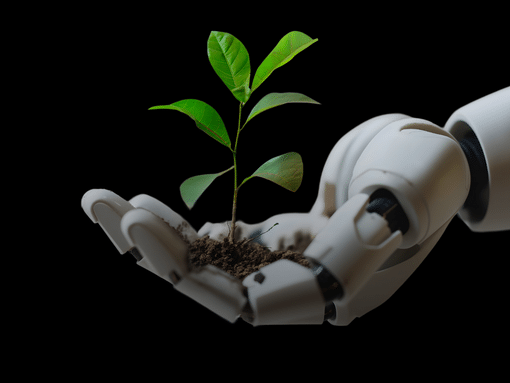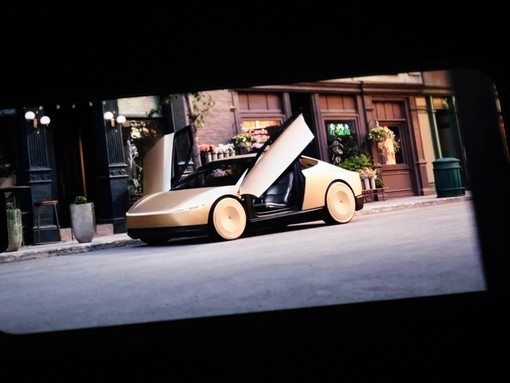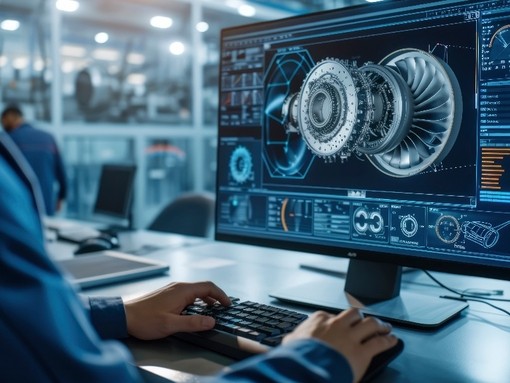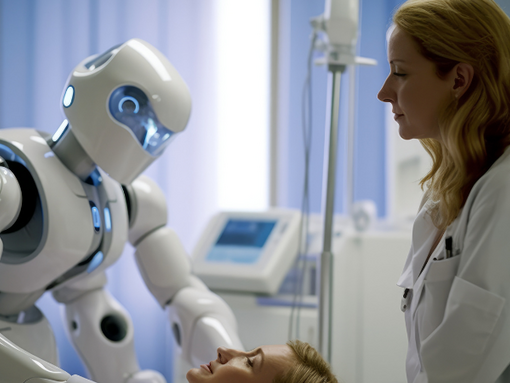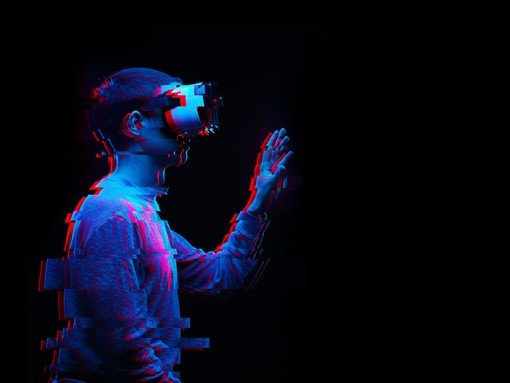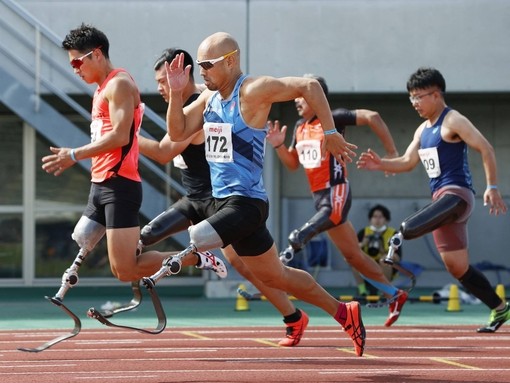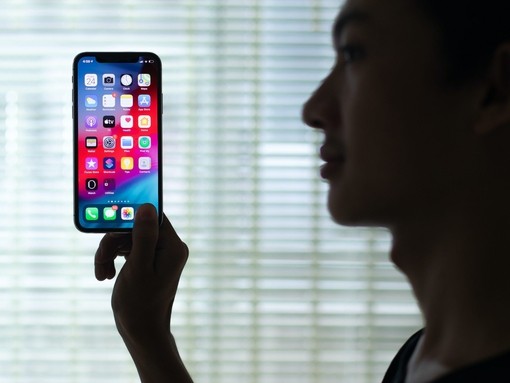
Artificial intelligence and smart technology at Wimbledon
The Championships, Wimbledon are a staple of the sporting calendar, with hundreds of thousands of people descending on south-west London for two weeks of tennis action.
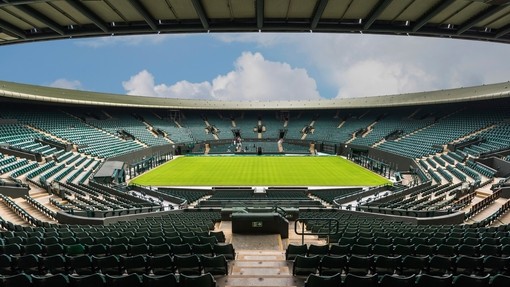
The historic tournament, which was first played back in 1877, has seen a lot of changes over its almost 150-year existence and will see another massive shift in the wake of the artificial intelligence revolution.
The Championships has joined forces with IBM to overhaul the fan experience. This aims to bring the tournament, steeped in tradition, into the 21st century and attract a whole new generation of fans to the sport.
In this article, we look at the ways Wimbledon is embracing technological change and development.
Smart technology upgrades the Wimbledon fan experience
With smart technology increasingly finding its place within sport and fan engagement, Wimbledon has become the latest major sporting event to revamp its coverage. Usama Al Qassab, marketing and commercial director at The All England Club, said:
“This year, we’re introducing new features for our digital platforms that use the latest AI technology from IBM to help fans gain even more insight into the singles draw and access commentary on a wider variety of matches through our match highlights videos.”
A whole new content experience from home
AI commentary is a brand-new feature for 2023. It uses generative AI and language models, alongside a mass of other data, to produce accurate and reliable narrations of match highlight reels across all courts. Coupled with virtual reality (VR) and augmented reality (AR) technology, the broadcasts have become far more immersive, with multi-angle views, on-screen statistics, 360-degree replays and more.
The brand-new AI Draw Analysis also utilises the IBM Power Index and Likelihood to Win predictions to assess each player’s possibly path to the final. However, it’s a far from perfect system. AI analysis tipped British No. 1 Cameron Norrie to reach the men’s final in 2023. The second round was ultimately as far as he got, with a shock exit to USA’s Chris Eubanks.
The digital experience of The Championships is built upon a huge volume of structured and unstructured data – from a variety of sources – all of which must be captured, secured, filtered, and analysed in real time. Accurately performing this task is tricky, but it has allowed for a revolution in the way Wimbledon content can be engaged with and absorbed in 2023.
The new tech has allowed Wimbledon to create a more immersive, data-driven, interactive experience for fans, both within SW19 and watching from home.
Smart, data-driven decision making in SW19
From analysing ticket queuing to making sure there is enough Pimms to go around – pulling off the biggest event in tennis from a venue management point of view is logistically difficult. Thanks to the power of historical data analytics, organisers can now provide a better experience for fans, predicting demand for resources and amenities and directing them to the relevant location.
Strawberries, cream and robots
Speaking of resources, no Wimbledon is complete without the signature strawberries and cream. Some 27 tons of strawberries and over 7,000 litres of cream are consumed each year at The Championships. For over 30 years Wimbledon has sourced its strawberries from a farm in Hugh Lowe Farms in Kent, and these are picked freshly every day and taken to SW19 by 10:30am.
Technology is even finding its way into this process, with an autonomous strawberry picking robot called ‘Rubion’ that uses smart phonotics technology to carefully choose and harvest the perfect strawberry, at a much faster rate than a human could. Find out more about this robotics revolution here.

Smart technology in the game itself
It’s not just the spectators within the grounds or watching at home that are benefitting from the data-driven revolution. The game itself is becoming increasingly reliant on technology to analyse performance, strategy, and line judge calls in those big moments.
The most well-known example of the marriage between technology and sport is Hawk-Eye. First used in cricket back in 2001, Hawk-Eye has allowed officials to make sure they get the big calls right, calls that can have a profound impact on the progression of a tournament.
How does Hawk-Eye work?
One of the older systems in sport that incorporates technology into decision-making, Hawk-Eye, was developed in 2001 and made its Grand Slam debut in 2006 at the U.S Open, before making its Wimbledon debut a year later. You can find Hawk-Eye on Centre Court, courts one, two, three, 12 and 18.
Hawk-Eye is a system made up of 10 cameras around the court, capturing high-resolution, high-frames-per-second footage of every bounce of the ball. The computer system uses this date to triangulate the position of the ball with every bounce. This is for every shot taken, not just the ones that are on the edge of being in or out.
It takes a team of 26 people to ensure the cameras are correctly calibrated. Even with this precision, there’s still a margin for error, given the speeds of the shots being measured and the finite nature of the frame rates on the cameras. It’s currently used in conjunction with line judges, with players challenging officials calls by turning to the Hawk-Eye system.
Player performance
Data plays a bigger role in sport than ever. Wearables and sensors are now crucial tools in collecting fitness data, performance data and biometrics. Accurate data allows players and coaches to identify and focus on weaker elements of their game and focus their training on what will really improve their chances at the tournament, as well as avoid injury.
Coaches can also harness this data with artificial intelligence to develop effective strategies and gain a competitive edge over their opponent.
With the pace of innovation in artificial intelligence growing every year, The Championships in 2023 are just the start of the tech revolution in the sport, and as the tournament approaches its 150th birthday, it’ll be exciting to see what the next few years holds.
From sporting events to music – the technology revolution has its influence across all forms of culture and entertainment. Click here to find out how artificial intelligence is making previously impossible music listenable before your very ears.
Search our latest roles in technology here


